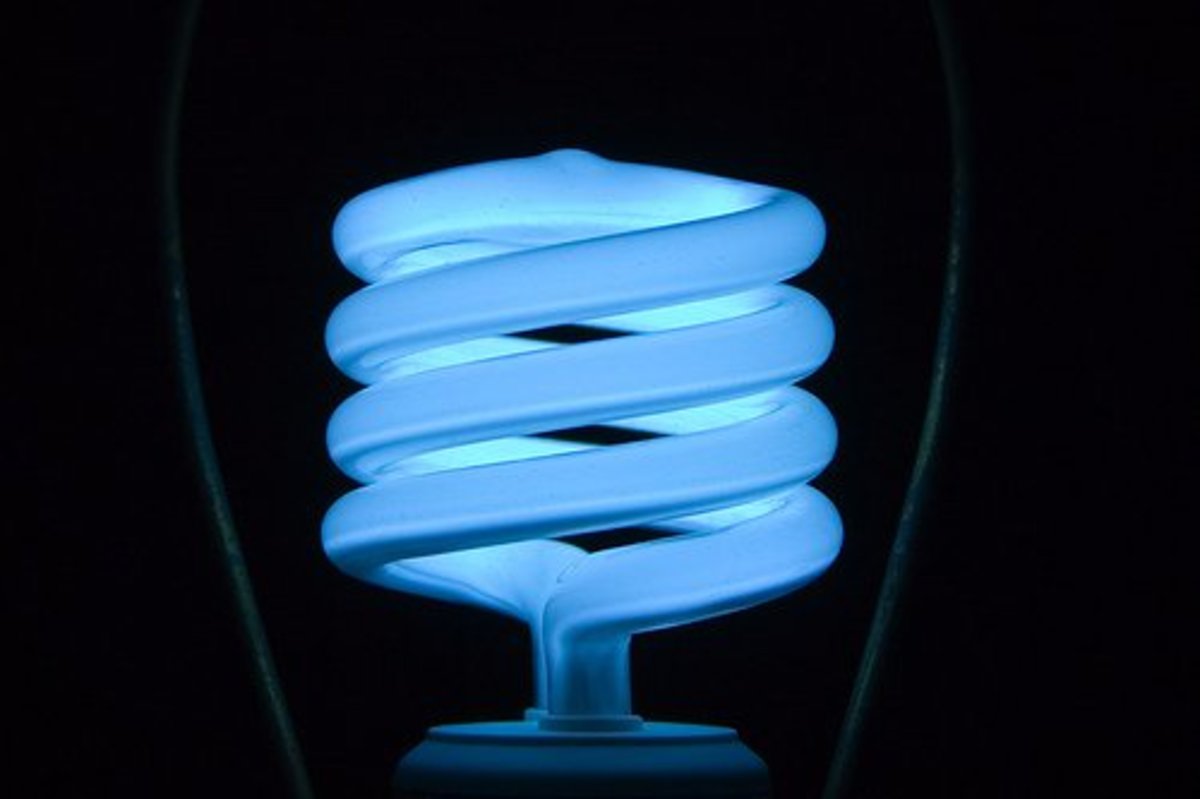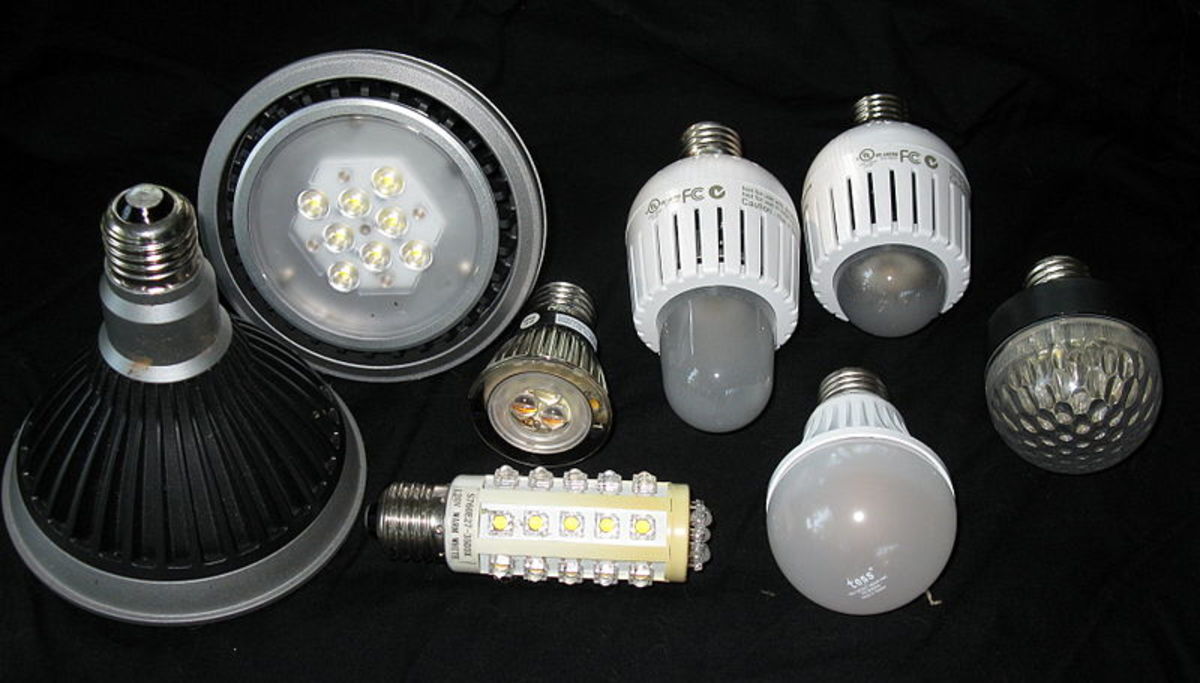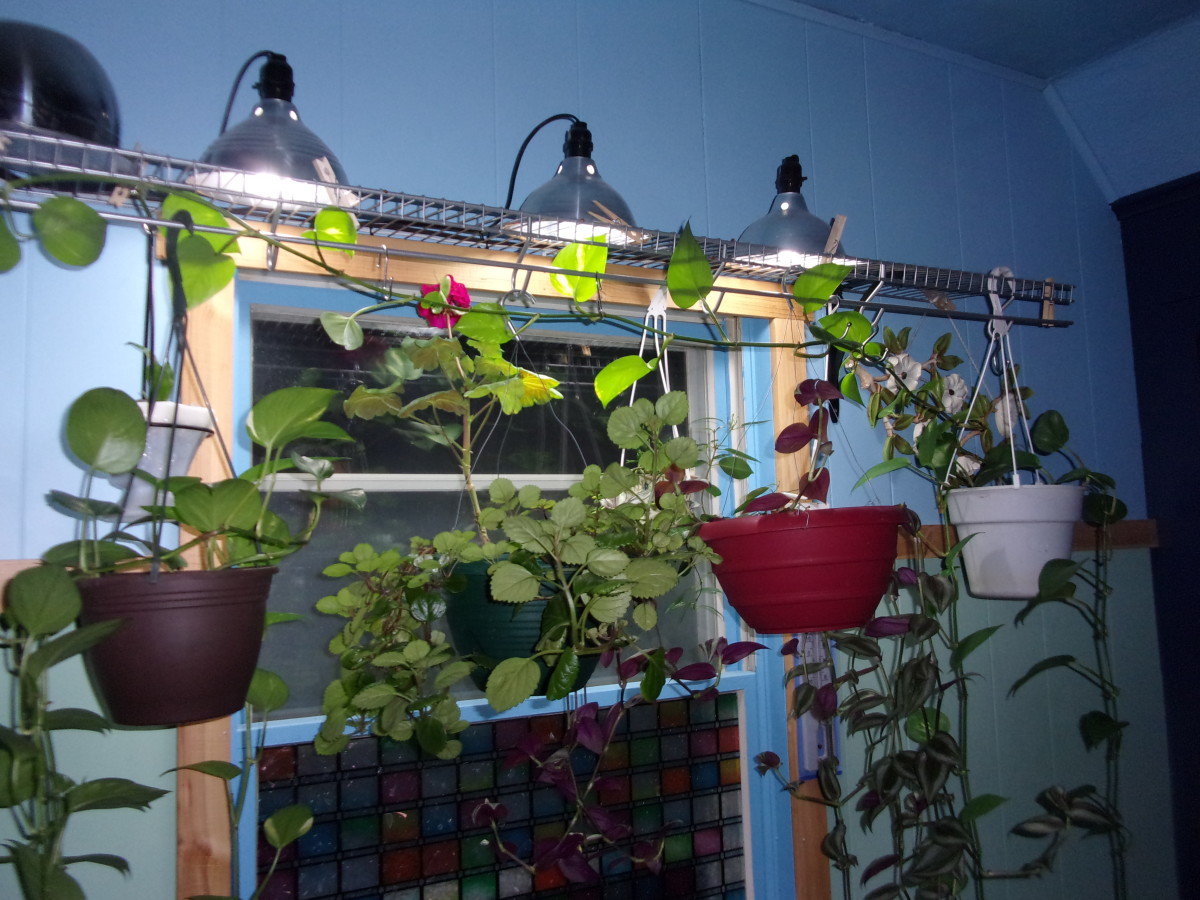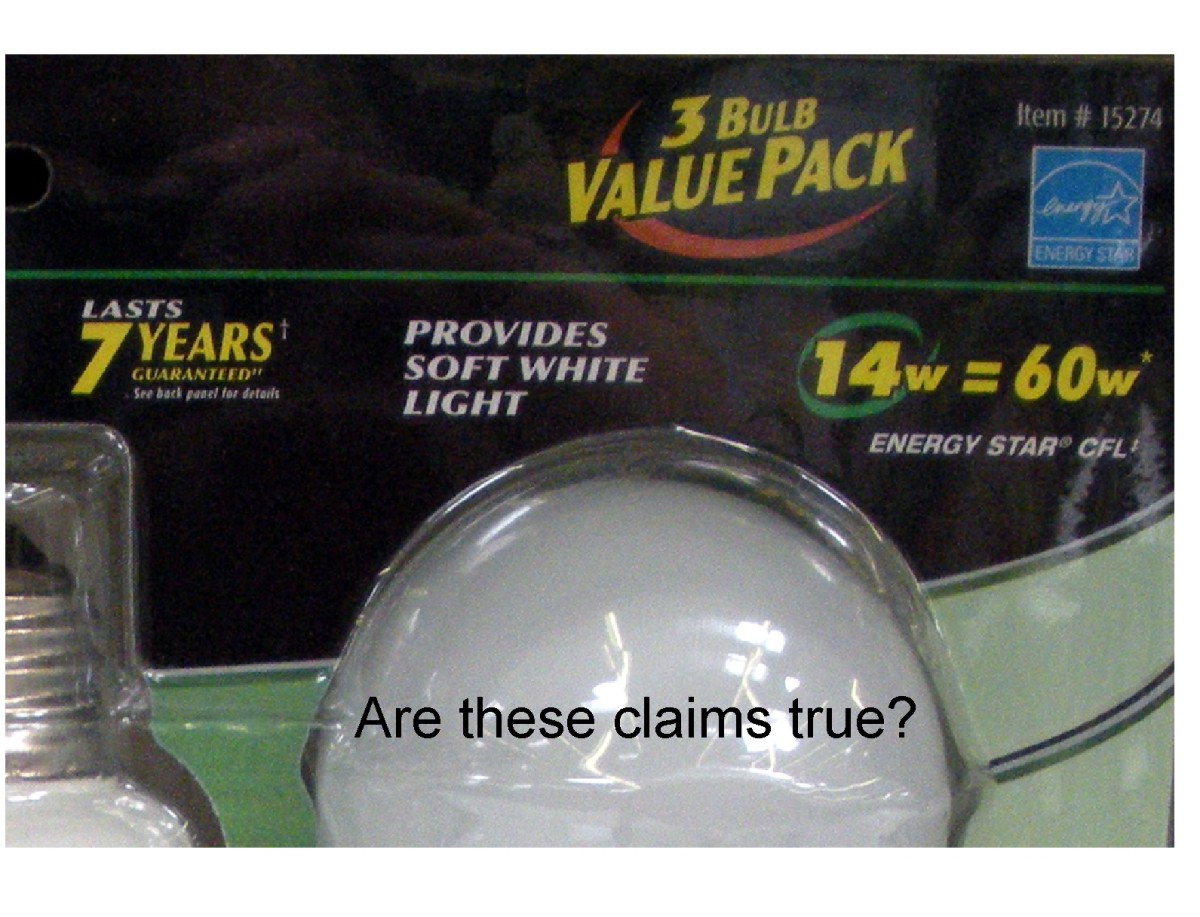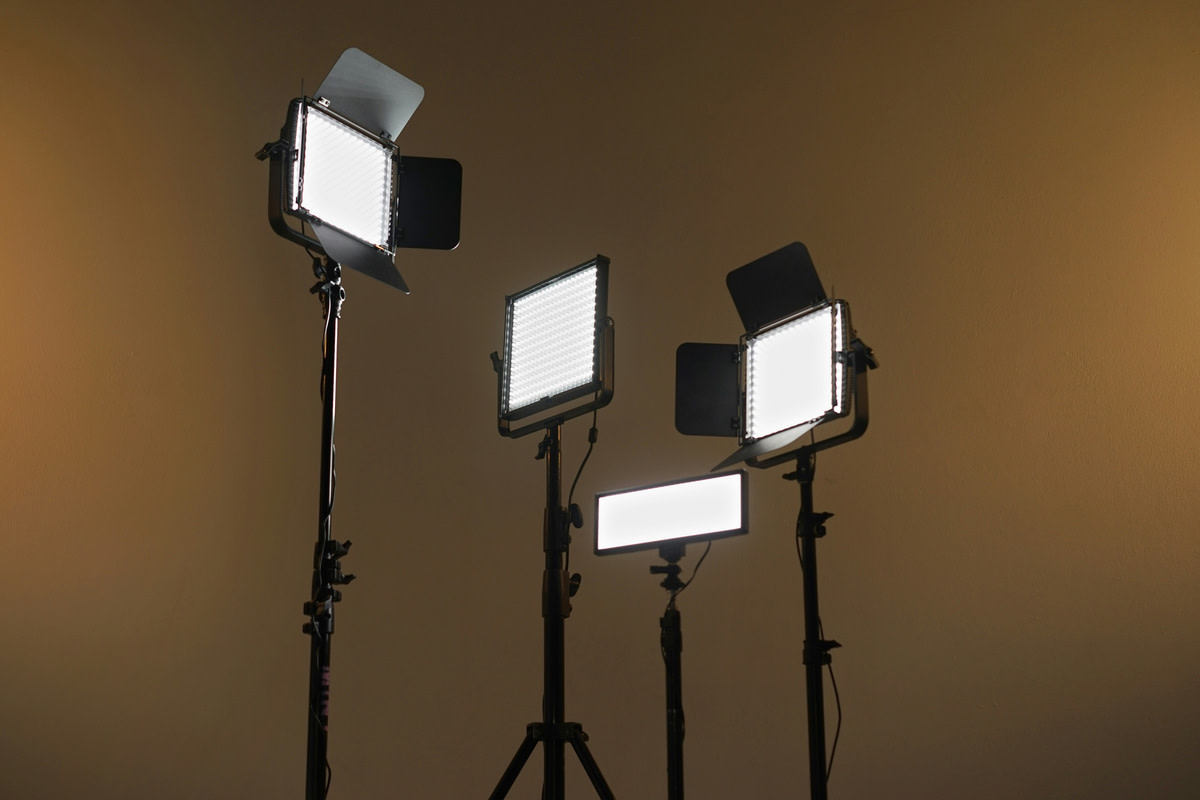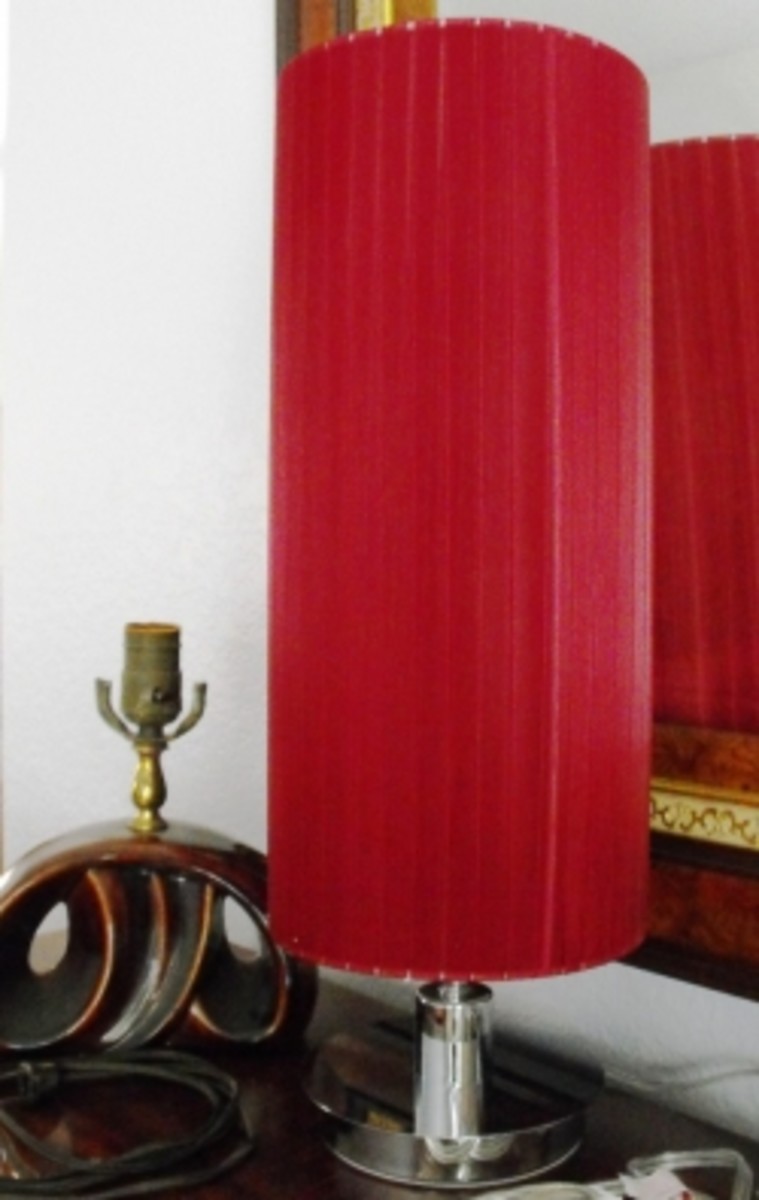- HubPages»
- Home and Garden»
- Home Improvement»
- Lamps & Interior Lighting Improvements
Light Bulbs Choices Explained Through Fact and Satire
The sun is a giant light bulb
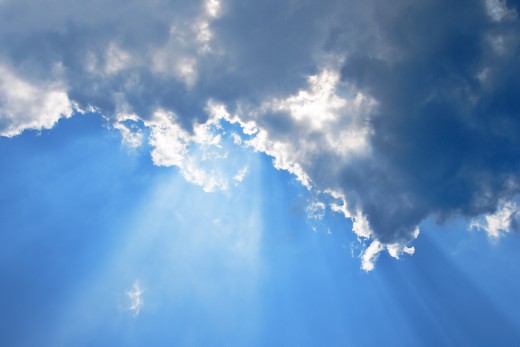
Basically just a giant flaming light bulb, the sun is the pinnacle of lighting to which all lesser light bulbs strive. The "Big Three" of light bulbs are the incumbent incandescents, the ever increasingly popular compact fluorescents, and the young upstart LED light bulbs. All three have their merits and demerits, but not all three have these in the same proportion. Let us take a look at each of the Big Three, lay out some information, and decide at the end which light bulb is right for you.
Stubborn Old Incandescents
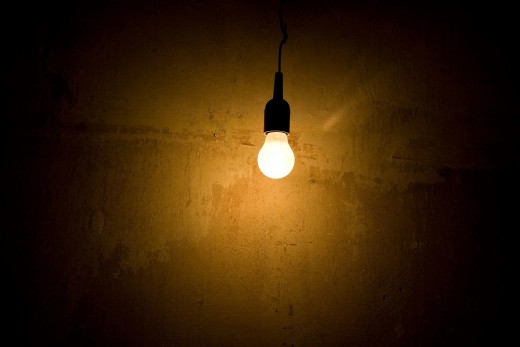
Incandescent light bulbs have been around a long time. For some reason, in all those long hundred years no one thought "I wonder if we could change this so it doesn't light houses on fire." Their propensity toward lighting things aflame aside, incandescents have been a faithful and reliable (you can always rely on an incandescent light bulb to burn out when you're placing the last Ace on your castle of playing cards) source of light.
A lot of people still prefer incandescent lighting, and not without reason; incandescents start instantly with full illumination, contain no toxic chemicals, are not hindered by cold weather, can be thrown away or recycled without worry, and cost less than a ham sandwich. Their light is also quite recognizable, primarily because there is only one color temperature they can provide without modification.
With all those benefits, it may seem like incandescents are the best choice right out of the gate. That is, until you notice the detriments. Incandescent light bulbs use one billion times more energy than energy efficient light bulbs. OK, I exaggerated a little; incandescent light bulbs actually use about 75% more energy than new energy efficient light bulb technologies. As a general rule of thumb, if an incandescent light bulb uses 100 watts to provide its lumens, compact fluorescents and LEDs would use around 25 watts.
Why are incandescent bulbs so inefficient? It's because the majority of the energy used is wasted as burning heat, hence houses burning down from unfortunately placed light bulbs. Incandescent light bulbs have a lot of positives going for them, but the detriments (fire, energy waste, higher energy bills) tend to hold more weight in my opinion.
Compact fluorescents. Out with the old, in with the new!
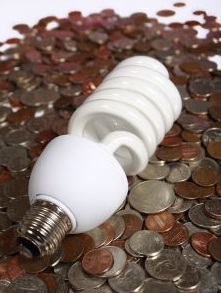
Compact fluorescent light bulbs have been gaining in popularity in the last few years as developments continue to address consumer concerns. They were already popular with me; I've been using daylight compact fluorescents in my home for the past five years with no problems. You can find anecdotes online where people describe difficulties they've had, but if you boil the issues down they're the same as any other relatively new technology (manufacturing/shipping/user handling problems).
Color temperature is just one area where CFLs shine (pun intended). From "warm" color temperatures under 3000K (3000 degrees Kelvin) to "cool" temperatures like 6500K (considered daylight color temperature), you are sure to find the right color tone for your light. If you prefer the light of incandescent light bulbs, you would want to check out CFLs around 2700K; that will get you the dreary dismal yellow light you're used to.
The most prominent quality of compact fluorescent light bulbs is energy efficiency. Where an incandescent would use 100 watts, a compact fluorescent gets by with 25 to 27 watts. Lower energy usage also results in far less heat production, which means compact fluorescents do not set houses on fire like Old Man Incandescent. CFLs cost more initially, but in time you get the money back through reduced energy bills. It's also nice not to have to change light bulbs every month.
Unfortunately, CFLs are not perfect. They do contain trace amounts of mercury, an accumulative toxin. The mercury in one compact fluorescent light bulb is not dangerous by itself, but if a bulb breaks and you are exposed to it by touching it or breathing in vapor, you cannot get rid of it. Accumulating too much mercury can be harmful, so you must take care when handling CFLs, especially spent bulbs. Learn more about CFLs and mercury. Note that intact CFLs are 100% safe; the only way you can be exposed to mercury in a CFL is if the bulb breaks.
Currently compact fluorescent light bulbs are my lighting solution of choice, and I would recommend them to anyone looking to save money on their energy bill and/or spruce up their home with new, more pleasing light.
LED light bulbs, in last place but gaining a lot of speed
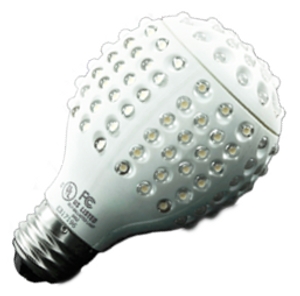
LED light bulbs are shaping up to be the wave of the future in the lighting industry. By combining the positive attributes of Old Man Incandescent (without including his propensity for arson) with those of Swirly McSwirlington (compact fluorescents), LED light bulbs seem like the obvious choice. Unfortunately, LEDs suffer the same plague as all new technologies; monstrous pricing.
CFLs suffered from it early on, but as technology progressed the prices went down. I expect the same will happen with LED light bulbs. There need to be more improvements with LEDs in addition to the pricing, however. Poorly designed LED light bulbs tend to throw light in a relatively small zone. They're great at lighting up a specific area like a spotlight, but they do not provide as much ambient light as incandescents or compact fluorescents.
It's good to know that we will eventually have a safe and nontoxic alternative to both incandescents and CFLs in the future. Hopefully prices and technological progress on LEDs will advance at a similar rate, so when prices are more reasonable, common LED complaints will no longer exist. Until then, I will continue to prefer compact fluorescents for my lighting needs!

